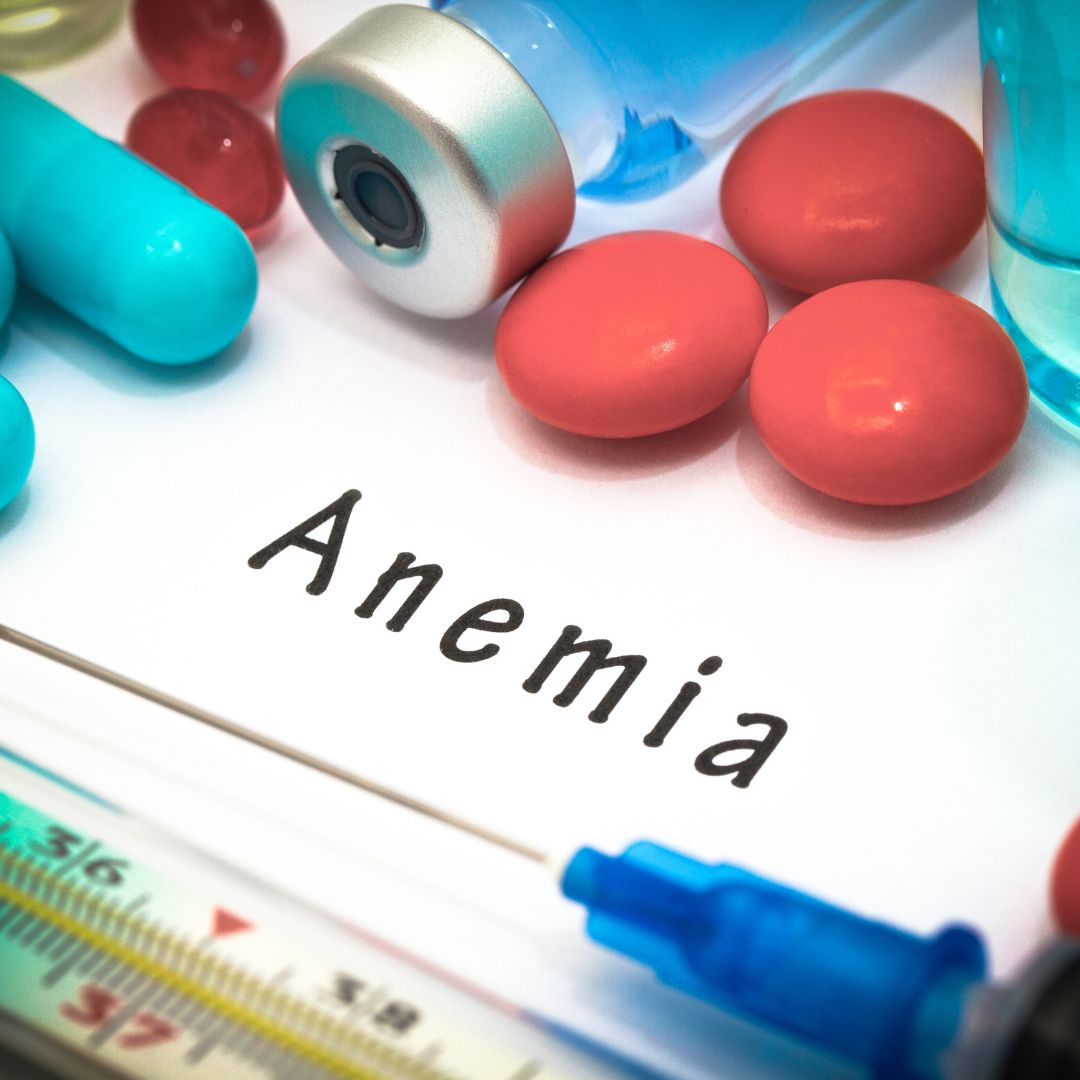Want to save 25%? Check out our Subscriptions!
Anemia is a common issue faced by people with Hidradenitis Suppurativa (HS), a chronic skin condition characterized by painful abscesses and inflammation. Due to the ongoing inflammation caused by HS, many patients experience different forms of anemia, which can contribute to fatigue, weakness, and overall diminished quality of life. In this blog, we’ll explore the types of anemia associated with HS, the role of iron, and the impact of infections like Staphylococcus aureus (Staph A) on red blood cell production.
Anemia occurs when the body doesn’t have enough healthy red blood cells (RBCs) to carry oxygen to tissues and organs. In HS, anemia can arise due to a combination of factors, including inflammation, iron deficiency, and chronic infections. There are two main types of anemia that HS patients commonly experience:

A key hormone involved in the development of anemia in HS is hepcidin. This hormone regulates iron absorption and distribution in the body, and its levels can be affected by chronic inflammation.
Chronic Staphylococcus aureus (Staph A) infections are common in individuals with HS, especially when lesions become infected. These infections can contribute to anemia in several ways:
For many HS patients, anemia develops not just due to iron deficiency but as a consequence of chronic inflammation. Anemia of Chronic Disease (ACD) is a specific type of anemia that results from long-term inflammatory conditions. Here’s how chronic inflammation and infections contribute to ACD:

Managing anemia in patients with HS requires a comprehensive approach that addresses both the inflammation and the underlying causes of iron deficiency or chronic disease. Here are key points to consider:
Anemia in HS patients is a multifaceted condition often driven by both iron deficiency and chronic inflammation. Understanding the roles of hepcidin, iron sequestration, and bone marrow suppression is crucial for developing effective treatment plans. By addressing the underlying causes, including managing chronic infections like Staph A, patients can improve their quality of life and reduce the impact of anemia on their overall health.
By raising awareness about the connections between HS, anemia, and infections, we can help individuals living with HS better understand their condition and work toward more effective treatments.